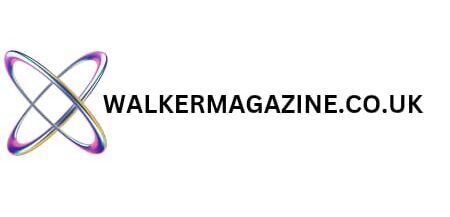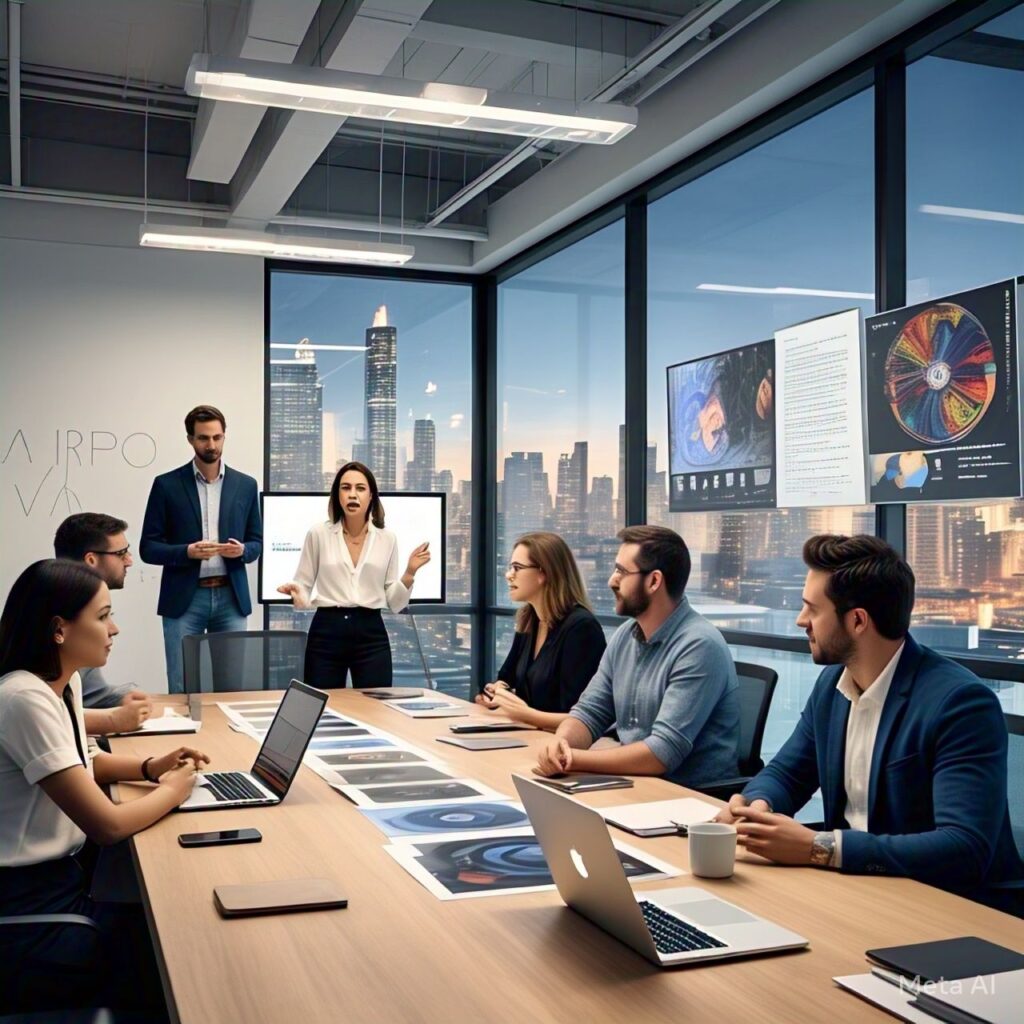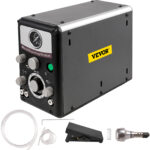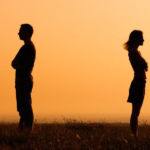In recent years, artificial intelligence (AI) has made significant strides in transforming various industries, particularly in the creative realm. From generating music and writing to creating visual art, AI has begun to play an increasingly important role in artistic production. While some artists see AI as a tool for innovation, others view it as a challenge to traditional practices. Regardless of the perspective, one thing is clear: the intersection of AI and creativity is reshaping the way we think about art, authorship, and originality.
The Role of AI in Creative Production
AI-powered tools are now capable of producing high-quality music, literature, and visual art. For example, in music, AI algorithms can analyze thousands of compositions and generate new pieces based on specific genres or styles. These algorithms can create everything from simple melodies to complex orchestral arrangements, making it easier for musicians to explore new ideas and experiment with different sounds.
In the realm of writing, AI systems like OpenAI’s GPT series (including the model you’re interacting with) have become increasingly sophisticated, able to generate human-like text for a variety of purposes, from generating blog posts to drafting entire novels. Similarly, in visual art, technologies like text to image AI have enabled the creation of stunning images from text prompts. These tools allow users to describe what they envision, and AI systems will translate those descriptions into fully realized images, often with surprising complexity and detail.
The ability to create art using AI opens up new opportunities for people without traditional artistic training to engage in creative endeavors. It democratizes the creative process, allowing anyone to express themselves in ways they might not have been able to before. This has the potential to empower individuals from diverse backgrounds, leading to new forms of cultural expression and innovation.
The Advantages of AI in the Arts
- Enhanced Creativity: AI can serve as a source of inspiration for artists. By generating unique outputs or proposing new directions for a piece of work, AI tools help expand the boundaries of human creativity. Artists may incorporate AI-generated elements into their work, blending them with their own ideas to create something novel.
- Time Efficiency: Many artistic projects, particularly in fields like graphic design, video production, and animation, are time-consuming and require technical skills that can take years to master. AI can automate certain aspects of these processes, allowing creators to focus more on the conceptual and emotional aspects of their work.
- Collaboration: Some artists are using AI as a collaborative partner, working with the machine to produce work that neither the human nor the machine could have created alone. This type of co-creation allows for new forms of interaction and expression that push the limits of traditional artistic methods.
- Customization: AI can create customized works of art for specific audiences, adapting to personal preferences or cultural trends. In advertising, design, and entertainment, this level of personalization can increase engagement and help companies better connect with their target demographic.
Ethical Considerations and Challenges
While the integration of AI into the creative industries offers many exciting possibilities, it also raises a number of ethical questions that need to be addressed. The most pressing concerns often revolve around issues of authorship, ownership, and the potential for misuse.
- Authorship and Ownership: One of the primary debates in the AI art world is whether works generated by AI can be considered the product of the machine, the programmer, or the user who prompts the AI. In traditional art forms, authorship is clear, with the artist being the sole creator of their work. However, with AI-generated pieces, the lines become blurred. If an AI tool creates an artwork, who owns the rights to it? Is it the person who developed the AI, the person who input the prompt, or the AI itself?
- Copyright Concerns: As AI systems are trained on vast amounts of existing data, including copyrighted works, there is concern that AI-generated content could infringe on the intellectual property rights of original creators. For instance, if an AI generates an image that closely resembles the style of a well-known artist, who is responsible for potential copyright violations?
- Impact on Employment: As AI continues to become more proficient at creating art, there is concern that it could replace human artists, designers, and writers, leading to job displacement in creative fields. While AI may be seen as a tool that enhances human creativity, some fear that the widespread use of AI could diminish the demand for human talent in creative industries.
- Quality and Authenticity: Another ethical issue involves the value of AI-generated art. Critics argue that the emotional depth and personal connection that human artists bring to their work cannot be replicated by a machine. Art has always been a reflection of the human experience, and some worry that AI-generated works may lack the soul and authenticity that come from genuine human expression.
Looking to the Future
Despite these challenges, the potential for AI to revolutionize the creative industries is undeniable. As technology continues to evolve, AI is likely to become an even more integral part of artistic production, with new tools emerging that allow for deeper collaboration between humans and machines.
To ensure that AI’s role in the arts is positive and sustainable, it’s essential that policymakers, artists, and technologists come together to establish ethical guidelines and legal frameworks. These would protect the rights of creators, prevent exploitation, and promote the responsible use of AI.
In the end, AI’s role in art isn’t about replacing human artists—it’s about expanding the possibilities for creativity. By embracing AI as a tool, artists can push the boundaries of what is possible, exploring new frontiers in imagination, expression, and innovation. The future of art is a collaboration between human ingenuity and artificial intelligence, and it holds the promise of unlocking untapped potential in creative endeavors.







